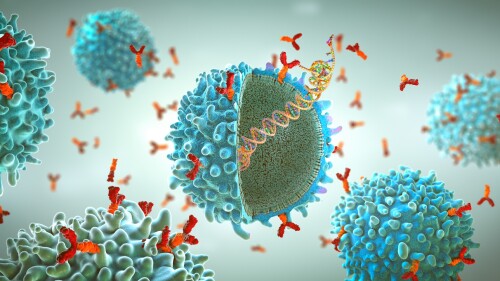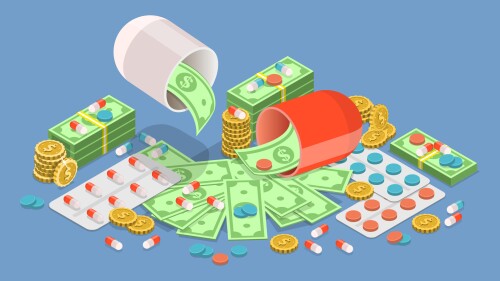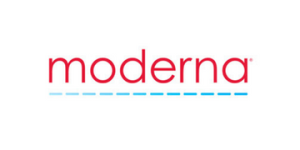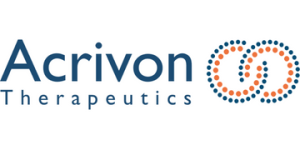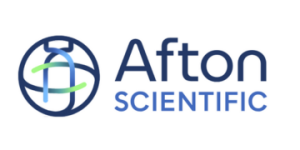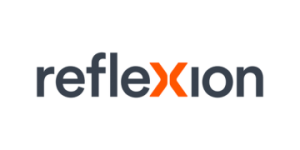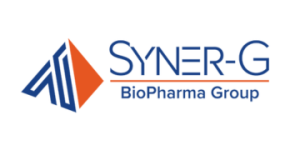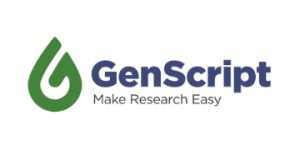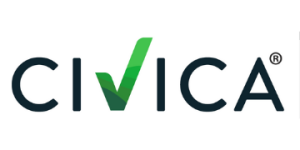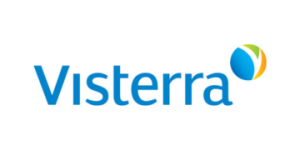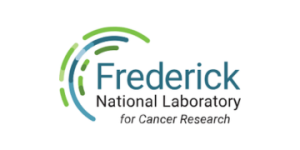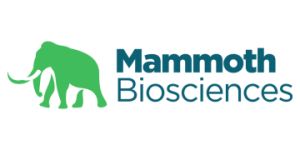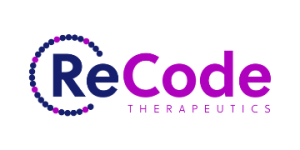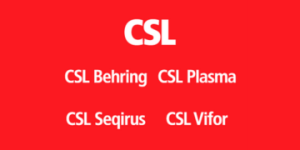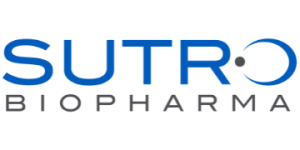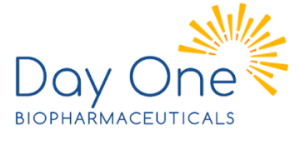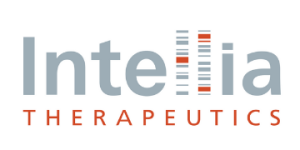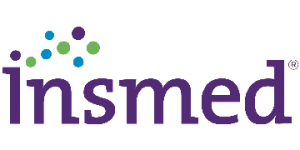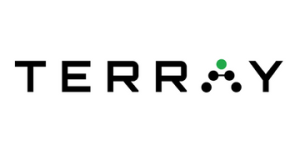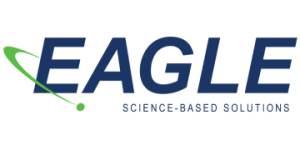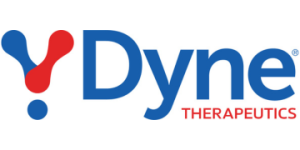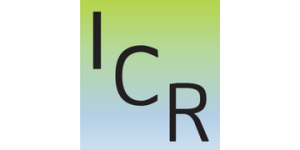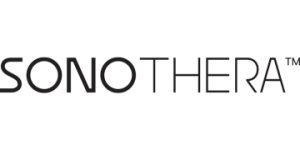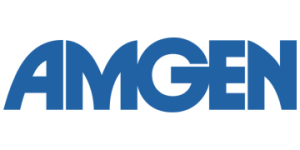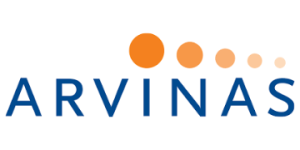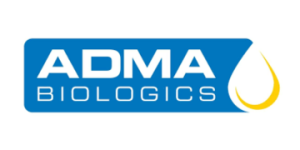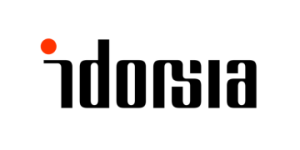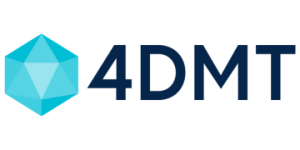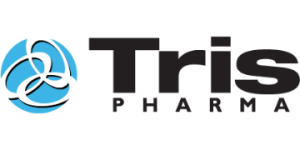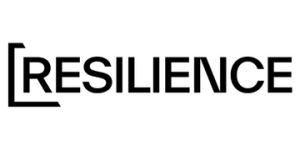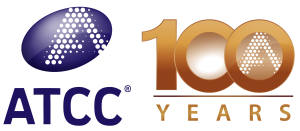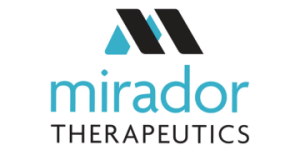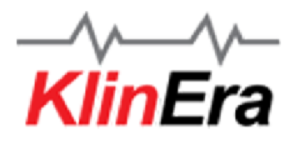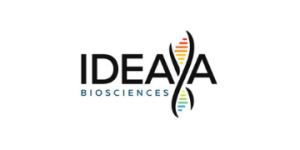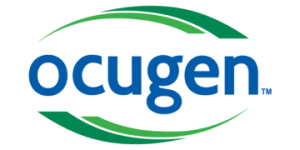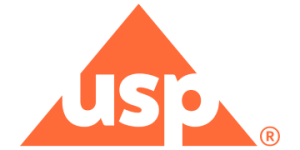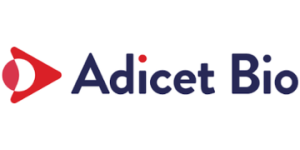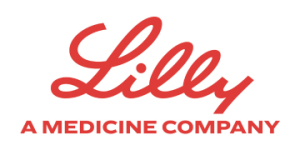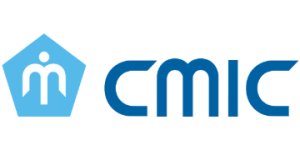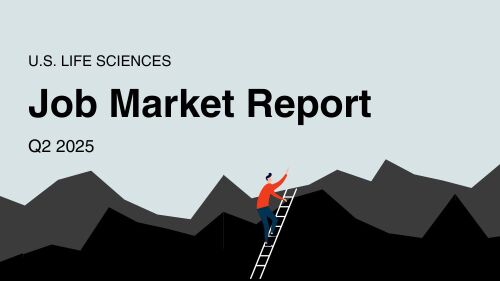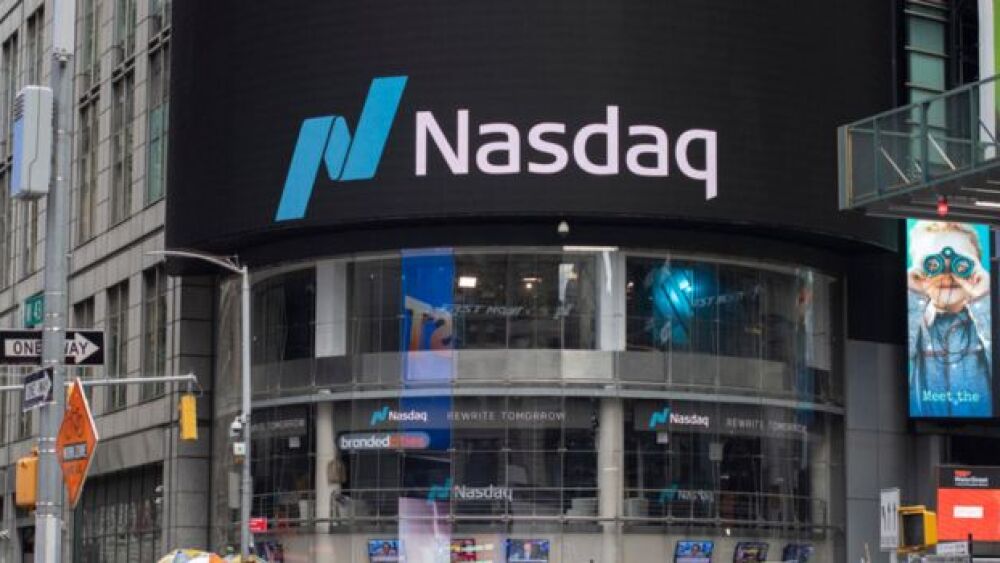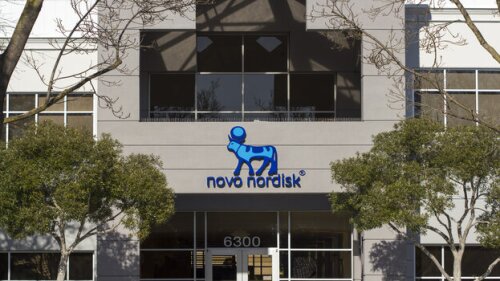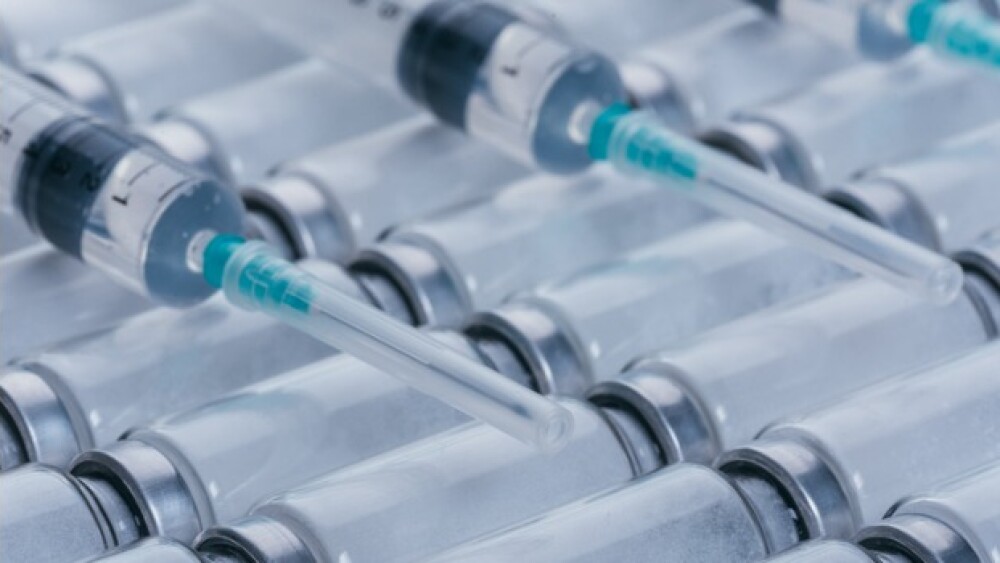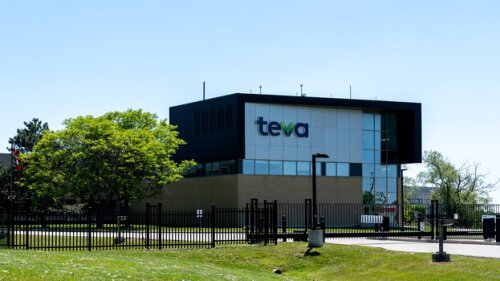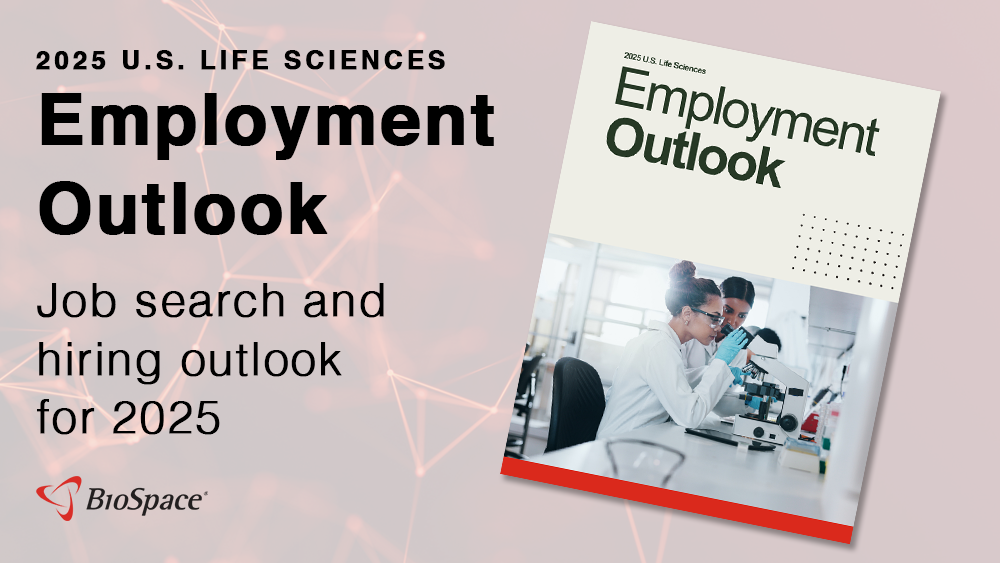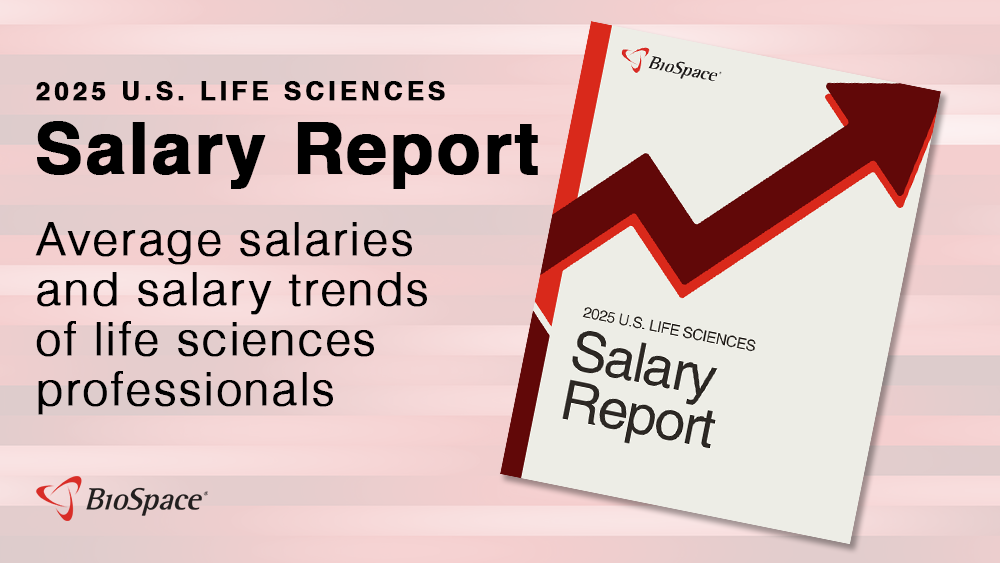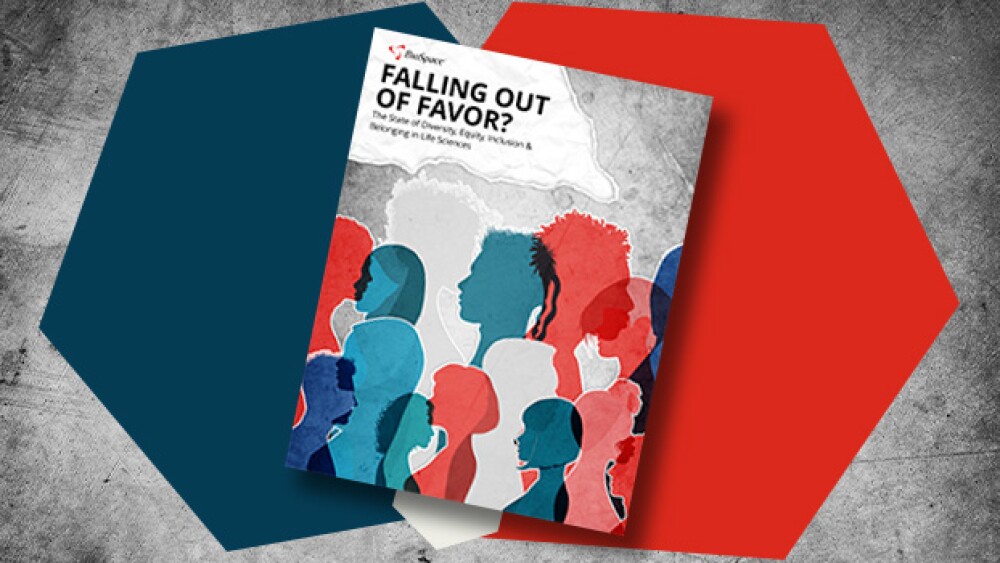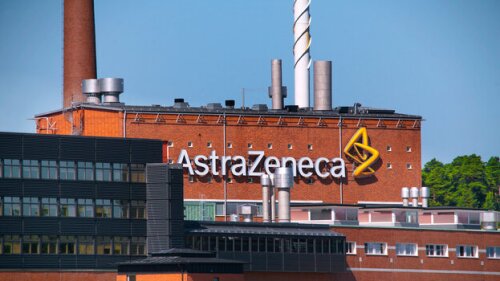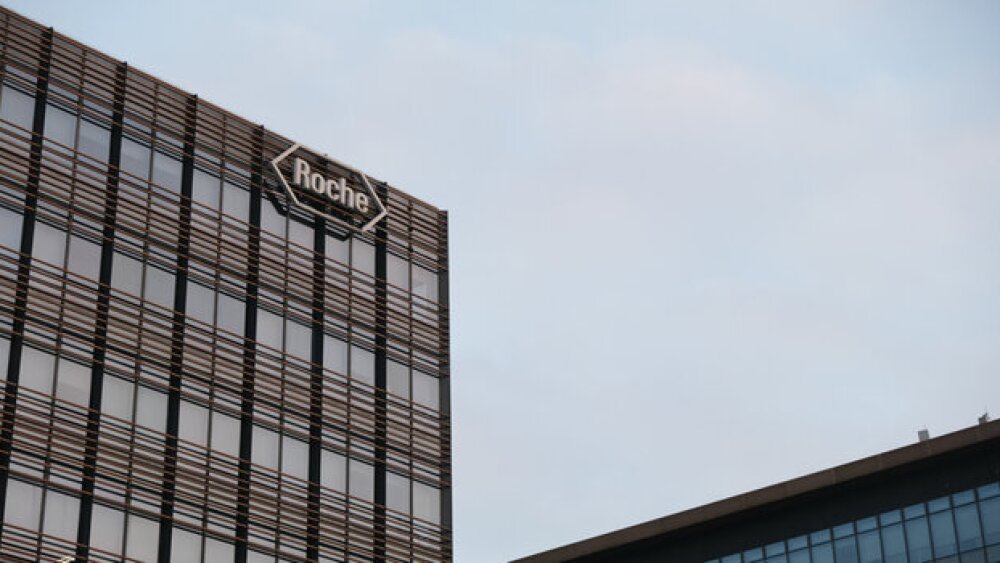The Most Favored Nation directive would allow drugmakers to directly sell their products to patients at a lower cost, cutting out what President Donald Trump called “the middlemen.”
Azafaros will use the Series B haul to push lead asset nizubaglustat into late-stage studies for Niemann-Pick disease Type C and GM1/GM2 gangliosidoses later this year.
While industry groups decried the Trump administration’s new drug pricing order, analysts say it lacked details and the teeth to make a major impact without an act of Congress.
Lexeo wants to more quickly move investigational gene therapy LX2006 into a registrational study and hopes for a potential efficacy readout in 2027.
The package revives President Donald Trump’s much-maligned Most Favored Nation rule but goes further into the private markets and beyond, leveraging the patent system, drug importation and more.
In addition to eliciting greater weight loss than Novo Nordisk’s Wegovy, Eli Lilly’s Zepbound does not come at the expense of safety, according to newly released comprehensive tolerability data—findings that Leerink analysts say confirm the GLP-1 drug’s edge in the closely watched market race.
FEATURED STORIES
Approaches and targets for depression and other mental health illnesses have remained stagnant for decades. With several readouts for novel therapies on the horizon, that could be changing.
Despite weathering a difficult year, biopharma continues to see massive pay gaps between CEOs and their median employees, with top executives often earning hundreds of times more.
Until compelling surface targets for lung cancer are developed, antibody-drug conjugates will fail to treat most patients with lung cancer, experts told BioSpace.
The insights AI affords can potentially boost sustainability, but it’s unclear whether these gains outweigh the technology’s environmental cost.
Following a series of clinical failures, optimism builds for the first disease-modifying treatment.
Since taking the helm in 2023, Anderson has embarked on a radical departure from the traditional structure of large pharma companies. Will getting rid of management layers fix Bayer?
FROM BIOSPACE INSIGHTS
While FDA Commissioner Marty Makary emphasizes learning and humility, the FDA has systematically removed the very experience that would make change possible.
LATEST PODCASTS
In this episode presented by IQVIA, BioSpace’s head of insights Lori Ellis discusses the concerns and opportunities of patient data driving AI tasks with Louise Molloy, associate director medical information and pharmacovigilance.
Sarepta’s Elevidys is back on the market for ambulatory patients with Duchenne muscular dystrophy, Health Secretary Robert F. Kennedy Jr. reportedly plans to dissolve the U.S. Preventive Services Task Force and “fix” the vaccine injury compensation program, Merck, AstraZeneca and more report Q2 earnings, Novo names a new leader and Roche’s trontinemab impresses at AAIC25.
Sarepta Therapeutics faces serious FDA action after news broke of a third patient death, the FDA gets a new top drug regulator in George Tidmarsh, a handful of new drugs get turned away from the market and pharma companies continue to commit billions to reshoring manufacturing.
Job Trends
AbbVie and Allergan Aesthetics, an AbbVie company, today announced they will present 29 abstracts, including three late-breaking presentations, during the 2024 American Academy of Dermatology (AAD) Annual Meeting, March 8-12, in San Diego, California.
Subscribe to Genepool
Subscribe to BioSpace’s flagship publication including top headlines, special editions and life sciences’ most important breaking news
SPECIAL EDITIONS
BioSpace did a deep dive into executive pay, examining the highest compensation packages, pay ratios and golden parachutes—what a CEO would get paid to leave.
A new generation of checkpoint inhibitors is emerging, with some showing more promise than others. From recent TIGIT failures to high-potential targets like VEGF, BioSpace explores what’s on the horizon in immuno-oncology.
Peter Marks, the venerable head of the FDA’s Center for Biologics Evaluation and Research, has been forced out. In this special edition of BioPharm Executive, BioSpace takes a deep dive into the instability of the HHS.
DEALS
-
The two biotech companies announced initial public offering pricing Thursday, respectively, with shares beginning trading Friday and valued at more than $560 million cumulatively.
-
Following a Phase II review, Novartis has cut the development of a gene therapy candidate for geographic atrophy. In June, the company sold a dry eye disease drug to Bauch + Lomb for $1.75 billion.
-
$27.8B Amgen-Horizon deal gets FTC clearance with restrictions; the White House names first 10 drugs subject to Medicare price negotiations; Sage Therapeutics axes 40% of staff.
-
This is the Danish company’s second obesity-focused acquisition in three weeks. Under the deal, Novo Nordisk receives the full rights to develop and commercialize Embark’s lead metabolic platform.
-
Warning signs that preceded the current economic squeeze in the biopharma sector were not heeded by investors seeking rapid profits. Now, biotechs interested in making the leap to the public markets must get creative.
WEIGHT LOSS
-
Analysts say Novo Holdings made the right decision last week in scooping up the CDMO to increase manufacturing capacity for Novo Nordisk’s diabetes and weight-loss drugs.
-
Two Florida courts have sided with Novo Nordisk against Ekzotika and Effinger Health, agreeing that their compounded versions of semaglutide are against the law. The Danish pharma has reached confidential settlements with both companies.
-
Biopharma’s latest earnings season was, in a word, predictable. Companies are consistently beating Wall Street earnings and revenue estimates as they set low expectations for investors.
-
While analysts are bullish on Novo Holdings’ $16.5 billion acquisition of Catalent, they say it raises questions for companies that have contracted the CDMO for manufacturing.
-
Eli Lilly on Tuesday said it is already making manufacturing investments for orforglipron, its next-generation oral weight-loss candidate that recently moved into Phase III development.
POLICY
-
Verona Pharma on Wednesday secured the FDA’s approval for Ohtuvayre, which the company contends is the first inhaled chronic obstructive pulmonary disease medicine with a new mechanism of action in over 20 years.
-
Teva Pharmaceuticals has settled years of tax litigation with the Israel Tax Authority for $750 million, which the company will pay in installments starting in 2024 to 2029.
-
After back-to-back failures in 2021, Wave Life Sciences has finally aced a Phase Ib/IIa Huntington’s disease trial and is looking to a potential accelerated approval for its investigational antisense oligonucleotide.
-
 Scrutiny of WuXi Raises Potential Opportunities for Indian CDMOsAs congressional pressure increases on WuXi AppTec and other China-based companies over alleged ties to the Chinese government, India’s contract development and manufacturing organization sector could benefit.
Scrutiny of WuXi Raises Potential Opportunities for Indian CDMOsAs congressional pressure increases on WuXi AppTec and other China-based companies over alleged ties to the Chinese government, India’s contract development and manufacturing organization sector could benefit. -
Citing issues with a third-party manufacturer, the FDA has issued another Complete Response Letter to AbbVie rejecting its New Drug Application for ABBV-951, a proposed treatment for motor fluctuations in adults with advanced Parkinson’s disease.
While many job seekers are unnerved by the “Tell me about yourself” request, it’s actually an opportunity to shine and take control of the interview.
What will it take to motivate the employer to hire you, or at least invite you back for a second interview?
Experts differ on how direct job seekers should be in closing the sale. Some say candidates miss opportunities if they don’t come right out and ask for the job. Others say a hard sell doesn’t work in this situation.
Here are a few ways to amplify your job search that can help you make significant progress.
Be ready by anticipating and countering objections the employer might raise.
This smooth 24 hours of preparation for your job interview should ensure a long run when you get that job offer. Here are last minute interview tips to hone your skills.
HOTBEDS
REPORTS
In this Employment Outlook report, BioSpace explores current workforce sentiment, job activity trends and the prospective job and hiring outlook for 2025, particularly as it compares to the previous year.
BioSpace’s third report on diversity, equity, inclusion and belonging in life sciences examines dramatic shifts in attitude around diversity initiatives.
CANCER
-
The next six months for the FDA are primed to be as groundbreaking as the first six, with Eli Lilly’s donanemab and Lykos Therapeutics’ MDMA-assisted PTSD therapy on the docket, among others.
-
Following two deaths due to presumed sepsis, the FDA has placed a partial clinical hold on three trials for Zentalis’ azenosertib including a Phase I in solid tumors, Phase II in platinum-resistant ovarian cancer and Phase II in uterine serous carcinoma.
-
Bucking its recent winning streak in oncology, AstraZeneca reported Tuesday that its AKT inhibitor Truqap failed to significantly boost overall survival in patients with triple-negative breast cancer.
-
The FDA is facing four big target action dates in the final week of June, including one label expansion for a bispecific antibody and another for an investigational gene therapy.
-
The hold on BioNTech and MediLink’s antibody-drug conjugate candidate BNT326/YL202 has halted enrollment in a Phase I U.S. trial in patients with non-small cell lung cancer or breast cancer, following multiple deaths.
NEUROSCIENCE
-
After showing some unfavorable results for its data, AC Immune on Monday announced it will be getting back its Alzheimer’s disease candidates from Roche’s Genentech.
-
With recent scientific advances, milestone approvals and increased dealmaking, the future of treatment for neurological diseases looks brighter—but continued investment, collaboration and patient-focused efforts are key.
-
The deal, announced late Wednesday, will provide AbbVie with access to Cerevel Therapeutics’ pipeline of clinical-stage and preclinical candidates for psychiatric and neurological diseases.
-
For forms of Alzheimer’s, frontotemporal dementia and Parkinson’s caused by genetic defects, gene therapy could change the treatment landscape.
-
To protect the central nervous system, the blood-brain barrier bars entry to around 98% of molecules—but approaches like Roche’s trontinemab could spell new hope in Alzheimer’s and beyond.
CELL AND GENE THERAPY
-
From innovation in manufacturing to more-flexible regulation and better communication with payers, much needs to happen to make CGTs commercially viable. But it is possible, experts agreed at a recent panel.
-
The primary focus in scaling up production should first be the adoption of lean manufacturing principles used in virtually every other industry.
-
The pivotal Phase II trial is testing Allogene’s CAR T candidate cemacabtagene ansegedleucel for large B-cell lymphoma. ALLO-647 was being used as a preparative lymphodepletion therapy.
-
The FDA greenlit multiple new drugs this month and issued some notable label expansions, including for Eli Lilly’s Kisunla. Meanwhile, the regulator turned away a cell therapy for Duchenne muscular dystrophy and a gene therapy for the rare disease Sanfilippo syndrome.
-
As analysts parsed news of Vinay Prasad’s ouster, worries over drug approval delays, cell and gene therapy impacts and more were top of mind.


